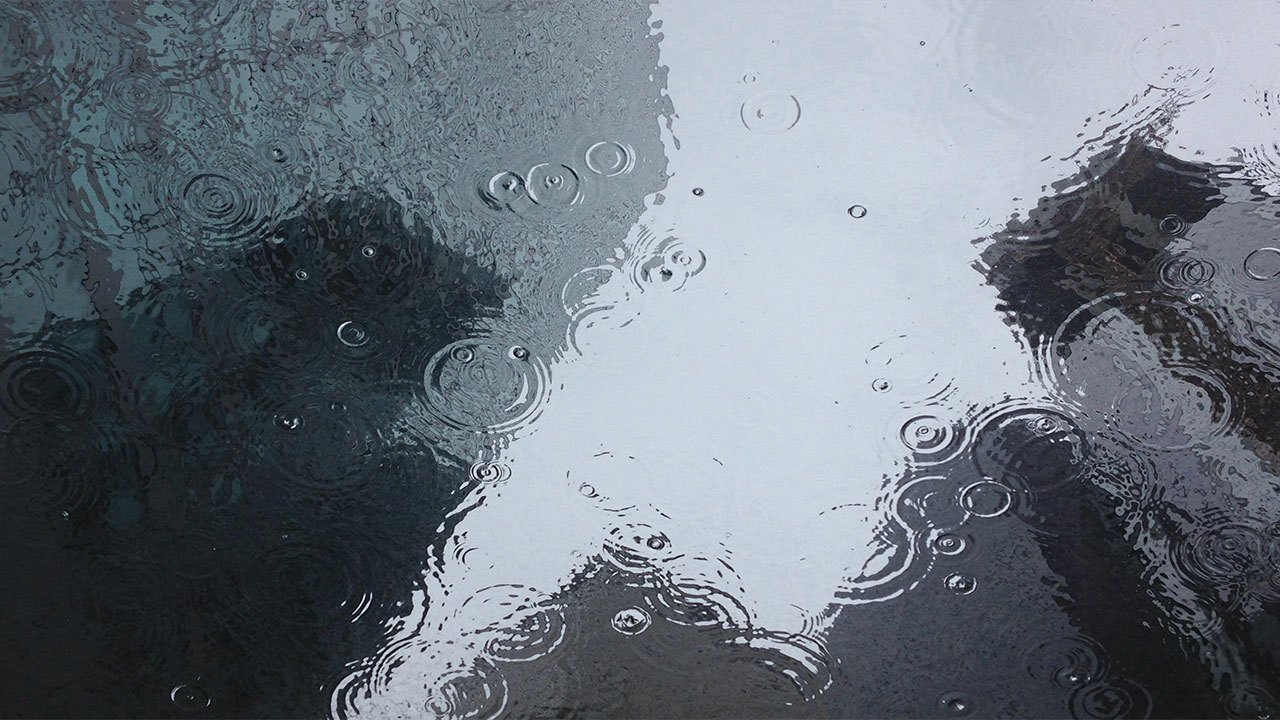A commercial building with a leaky roof is not great for business, no matter what your company does. Office workers don’t like working in leaky buildings, and retail shoppers don’t want to shop in water-logged stores and supermarkets. Leaks can lead to costly slip-and-fall injuries, ruin stored merchandise, and damage flooring – to say nothing of the cost of repairing the roof itself. What can you do about leaks and, more importantly, prevent them from happening in the first place?
Identifying Leaks Before They Start to Drip
Dripping water from the ceiling is a good sign that you’re experiencing a leak – but it isn’t the only sign. If water infiltration occurs on the roof, it might not penetrate the ceiling of your building. If it occurs at the edge of your roof, it might drip into the wall. Neither circumstance will lead to an easily-identifiable floor-puddle. Here’s what else to look for:
- Mold: Spreading mold, or the smell of mold, on your walls or ceiling – especially if removed from plumbing or other water sources.
- Stains: Usually accompanied by mold and appearing on your ceiling and walls.
- Damage: Sagging drywall or suspended ceilings, rusted ceiling beams, rotted wood, and more.
If you find a drip that’s caused by a leak in your roof, it may be just the tip of the iceberg. Dripping water usually signals that damage is well underway, so it’s important to find a leaky roof before it starts to drip.
What Causes a Leaky Roof?
There is a myriad of reasons why your roof could be leaking, and none of them are great news.
For example, roofing design is often an issue. We’ve spoken before about how generalist architects can be very bad at communicating how their roofs are supposed to be put together. Many times, an architect will simply sketch a roof and give the contractor an instruction that boils down to “figure it out.” That’s unfortunate, because a well-constructed custom roof should specify:
- Insulation tapering
- Structural decks
- Insultation fastening patterns
- Seam detailing
- Flashing and termination requirements
- Backup waterproofing
- And more
When these aren’t specified, your contractors will do their best – but you’ll most likely end up with structural elements that don’t do the job.
In fact, even if your architect does a great job communicating their intent, anecdotal data from Building Diagnostics Associates indicates that up to 70% of roofing defects are caused by construction alone. When contractors take shortcuts, fail to correctly interpret design intent, or overlook problems in construction, leaks are often the result. If insulation is installed before it’s dry, then it will retain moisture and cause leaks. If there’s no sealant around penetration flashings, moisture will get through. If coping details or drain strainers are missing, leaks will occur.
Lastly, contractor shortcuts or purchasing oversights can lead to their own category of problems – substandard materials. Although the constituent components of a commercial roof are supposed to last 10 years, substandard materials won’t even last half as long – and they’ll definitely start letting water in sooner.
How to Start Looking for Leaks
As we’ve said, the best time to start looking for leaks is before they happen. Although this means regular roof inspections, it does not mean that you have to inspect your entire roof every time. Rather, you should sensibly divide your roof into small sections. Each section should get a rating that will indicate its inspection priority. The rating will consist of two factors:
- The age of the roof vs. its expected design life
- The actual conditions on the roof
When performing roof inspections, the roofing membrane should be your primary concern. The roofing membrane is the first line of defense against leaks. Areas where it terminates, such as the roof flashing, are responsible for 95% of water infiltration. Any inspection should take note of the flashing, the counterflashing, the perimeter edges, the area dividers, and every area where the membrane is penetrated by a roofing projection.
In addition, one should note the condition of the membrane itself. If the coating is deteriorating or lost entirely, that’s a sign that the membrane needs to be replaced.
Lastly, ponding water is an emergency – it indicates that the roof is not draining as intended. Ponding is defined as any water that is not dispelled from the roof within 48 hours. If there’s no mechanical source of the leak – such as a broken HVAC unit – then ponding may indicate that your roof is incorrectly pitched. Flat roofs should have no less than one quarter inch per foot slope to drain.
Start Looking for Leaks Safely with PHP Systems Design
Looking up at your ceiling is the least effective way to look for leaks. In order to find leaks early, find the root causes of leaks, and repair your roof proactively, you have to inspect your roof from above. Installing customizable roof access walkways makes it easy to inspect your roof. With non-penetrating feet that eliminate roof damage and overpasses to avoid obstacles, these systems represent the safest way for you to preserve your investment in your building.




